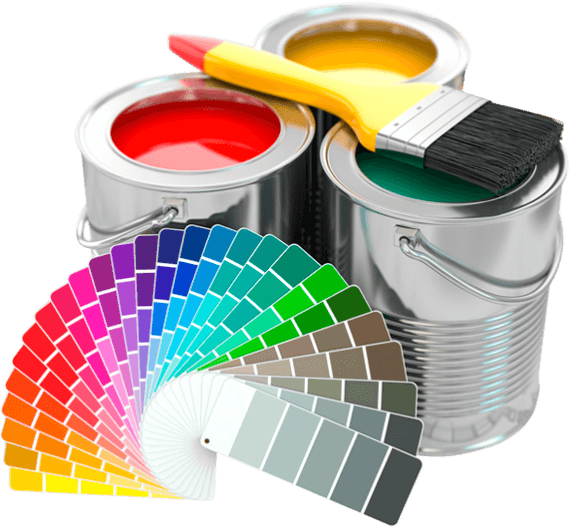- 01604 926060
- [email protected]
- Mon - Fri: 8:00 - 18:00
So you are choosing to DIY your painting & decorating project! You have done the preparation and it’s time to paint.
At Swoosh Decor we understand the immense sense of achievement when you finish a home improvement project yourself. But what if it goes wrong? Or you just don’t have the time to finish the job properly?
Hiring professional painters & decorators like Swoosh Decor can save you time, hassle, mess and even money. See more reasons why you should hire a professional painters & decorators.
We are happy to provide a free, no obligation quote for your painting & decorating project. Call us on 01604 926060 or send a message through our contact page.

When you first open a new pot of paint there should not be any reason to need to strain the paint. It should be fresh and clean and airtight from the manufacturer. However, we have experienced issues previously with some larger (10 litre) plastic containers. Therefore, we recommend you open and check the paint before deciding not to strain.
Once you have opened your pot of paint once and have to open it again subsequently, you will get dried paint on the lid or rim which can fall in. If you have used some paint in a paint kettle and then tipped it back into the main pot, you can introduce dust, dried paint and other impurities into the paint. In these cases we would recommend straining before use, to ensure the best quality finish.
Whether you are using water based paint or solvent based paint, it is made from a recipe of ingredients including a range of pigments and other additives. Over time these will start to separate, and so if you do not agitate them in some way you will end up with patchy colours and a paint that may not dry correctly.
The easiest method to mix the paint is to first give the tin or pot a good shake. Make sure you hold the lid tight to avoid any little accidents. This may however not be appropriate for larger pot sizes as they can be quite heavy.
We would recommend the use of a purpose made paint stirrer (a paint stirrer is either made of plastic or wood and resembles a cricket bat in shape) to mix the product. You could also use a large wooden spoon or spatula. Anything with a relatively large surface area.
Don’t be tempted to use any old stick or garden cane. Not only are you likely to introduce dirt into your paint but a stick does not have enough surface area to properly agitate the paint.
The aim is to ensure you achieve a good homogenised mix where all the ingredients are consistent through the whole pot. It is likely you will need to repeat this every time you need more paint, as it will start to separate between uses.
To speed up the process you could also attach a paddle mix to a power drill on a low speed setting.
Yes. Of course if you are using a roller you will by default put the paint into a tray or trough to be able to use the roller. If you are using a brush however it can be tempting to paint straight from the can. In our opinion, you should always decant the paint into a separate paint kettle for use. Here is why:-
The general rule of thumb for decorating is to start at the top and work your way down, so if you have ceilings to do, then they are first and the skirting boards come last.
When painting the ceiling it is a good idea to paint down the wall slightly (just a centimetre or so), this way, when you cut in the edges between the wall and the ceiling you will have a good clean join.
Cutting In – before you paint the main part of the walls, carefully paint all of the edges. This is known as cutting and means painting all of the areas that are too tight to use the roller in. This includes the join between the top of the wall and the ceiling, where walls meet, corners and where the walls meet the top of the skirting board.
NB. Where the tops of the skirting boards are quite narrow, you may find it easier to leave the cutting in here until after the walls have been rollered and the skirtings have been painted.
It is not necessary to clean brushes and rollers between coats in general unless there will be several days between coats. If you are applying a second coat an hour or two after he first (assuming the first coat is properly dry) you could wrap the brushes or roller in a damp cloth. Alternatively, seal them in an airtight plastic bag (use a bin bag and a rubber band for this). This method can be used for longer periods such as overnight.
We would recommend that you clean out any paint skuttles or kettles before leaving them for any sustained periods to avoid problems caused by dry or drying paint. If you are using liners in your skuttle or kettle, discard of them regularly (at least after each coat) for the same reason.
Copyright © 2021 Swoosh (Commercial) Decor Ltd. All rights reserved.